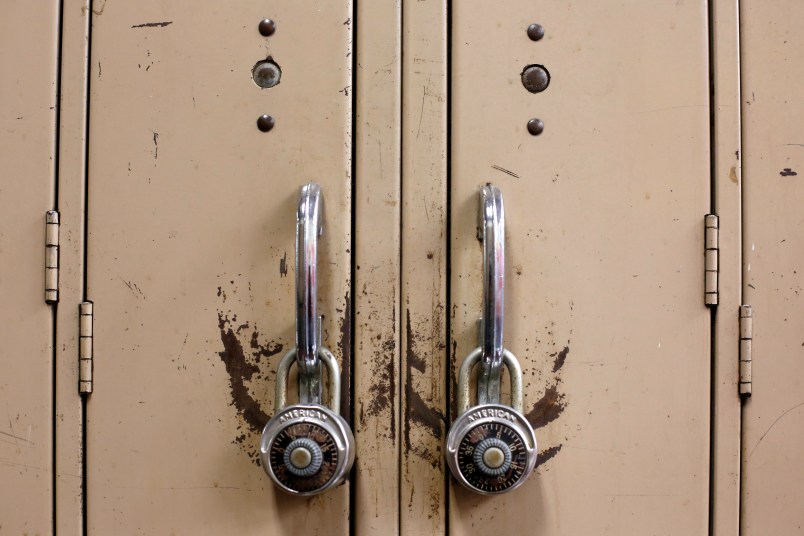It’s hard to imagine that Pennsylvania is preparing to become a failed state, but it is. Despite world-class universities, active industries, and a global economic footprint, the Commonwealth has decided to cut funding for students and place its bets on a growing prison population.
It’s a shocking turn of affairs for a state that, on its own, would be the 20th largest economy in the world. But one need only look at a recent standoff between Governor Tom Corbett and the School District of Philadelphia to get a sense of how deeply a culture of failure has been ingrained in the state’s governance.
When Philadelphia schools opened this year, budget cuts left many students without new books, school nurses, guidance counselors, librarians, or even desks. Thousands of teachers were laid off and 23 schools were closed after the state cut $1 billion from the education budget and the governor jettisoned an initiative that equitably distributed school funding.
While Philadelphia’s schools were reeling from a $300 million deficit, the state was bankrolling the construction of a “state of the art” prison complex less than an hour away in Skippack Township. The $400 million prison is expected to open in 2015 with a capacity of up to 4,000 prisoners. One of the reasons cited for the expansion is to house more prisoners closer to where they are from, Philadelphia. It’s as though the state has given up on its largest city and is already lining up cells for Philadelphia’s class of 2015.
Pennsylvania is not alone in this trend, but it is on the leading edge. When many other states are given the options of betting on students or prisons, students are often on the losing end.
While many Kansas schools are suffering from budget cuts, the state is ignoring a federal court order and its own constitution, which require the state to adequately fund its schools. The state feels so strongly in its disinvestment that it’s appealed this court order all the way to the U.S. Supreme Court. A week before arguments in this case, Kansas announced a $38 million investment to expand its prison capacity by 640 inmates right outside its largest city, Wichita. Most of those cells are expected to be ready for the class of 2016.
In Ohio, where the state signed a contract guaranteeing a 90 percent occupancy rate at the Lake Erie Correctional Institution just outside of Cleveland, state education funding dropped despite an infusion of more than $200 million in Race-to-the-Top federal funding.
The dire situation for Philadelphia’s students came to a head when the governor released $45 million in federal funding he had withheld as a bargaining chip in budget negotiations. It took a vigorous advocacy campaign from students, parents, advocates, and civil rights groups, and the preventable death of a student who was left without a school nurse, to compel the governor to release the funding. The gesture helped restore some school services but did nothing to address remaining deficit or the inequitable funding that created this crisis.
There is a path forward for Pennsylvania’s students. By reinstating the school funding formula that was in place when he was elected, Governor Corbett could send the strong message that Pennsylvania is preparing for a bright future while serving as a model for other states.
Until governors decide to place their bets on schools instead of prisons, our nation will continue to be the world leader in prison population – and not much else. Student suffering may be felt at the local level and funding may be determined largely at the state level, but is an issue that requires a national solution.
Wade Henderson is the president and CEO of The Leadership Conference on Civil and Human Rights, a coalition of more than 200 national civil rights groups.









